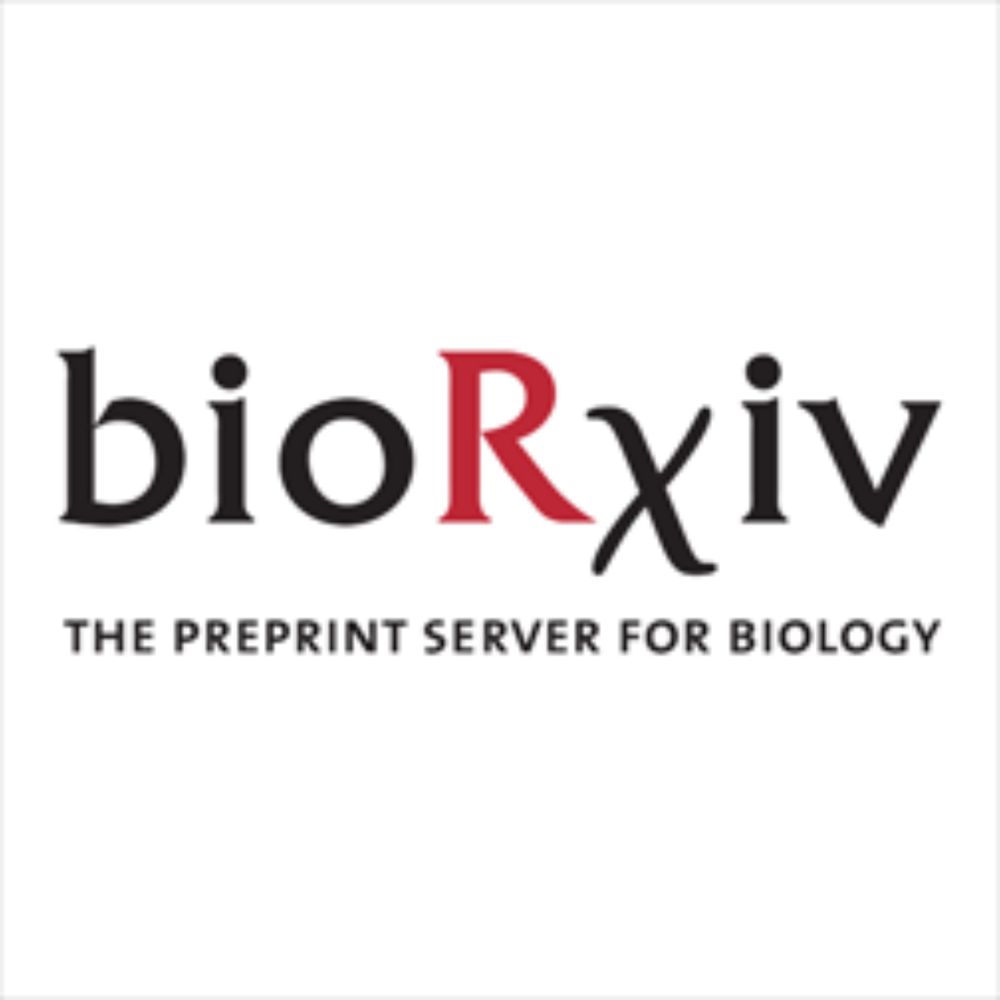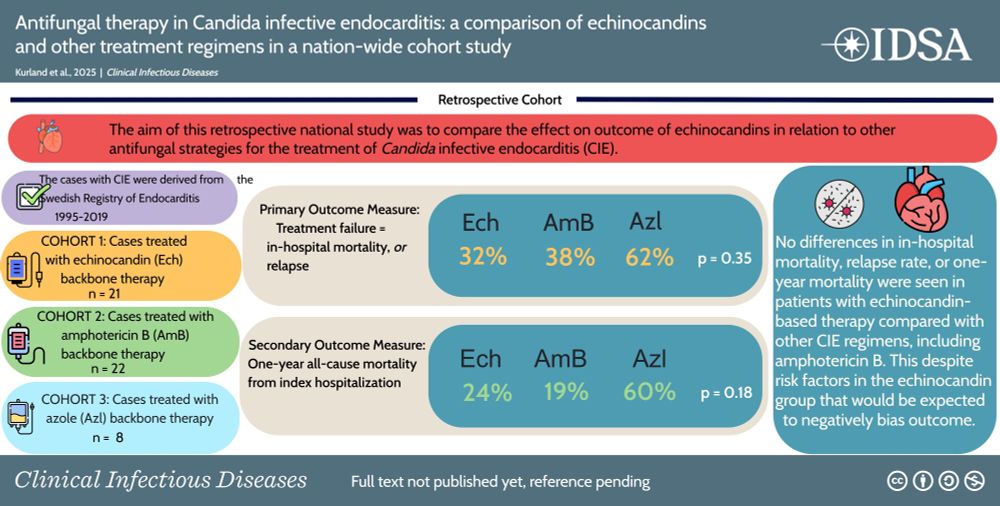Renátó Kovács
@renatokovacs1.bsky.social
51 followers
98 following
1 posts
medical mycologist, clinical microbiologist, associate professor, biofilm fan
Posts
Media
Videos
Starter Packs
Reposted by Renátó Kovács
Alexander Lorenz
@lorenzlab.bsky.social
· Aug 22
Reposted by Renátó Kovács
Ilan Schwartz
@germhuntermd.bsky.social
· Aug 19

A clinical practice guideline for tuberculous meningitis
Tuberculous meningitis is the most severe form of tuberculosis, causing death or disability
in around half of those affected. There are no up-to-date international guidelines
defining its optimal mana...
www.thelancet.com
Reposted by Renátó Kovács
Teresa O'Meara
@teresaomeara.bsky.social
· Jul 28

Bacterial metabolites induce cell wall remodeling, antifungal resistance, and immune recognition of commensal fungi
The fungus Candida albicans commensally colonizes mucosal surfaces in healthy individuals but can cause both superficial mucosal and life-threatening disseminated infections. The balance between comme...
www.biorxiv.org
Reposted by Renátó Kovács
Reposted by Renátó Kovács
Reposted by Renátó Kovács
Reposted by Renátó Kovács
Reposted by Renátó Kovács
Reposted by Renátó Kovács
Ákos T Kovács
@evolvedbiofilm.bsky.social
· Mar 29

Current knowledge on the dual species interaction and biofilm between Aspergillus and Bacillus: exploiting molecular understanding toward applications
The complex interaction between Aspergillus and Bacillus has been gaining attention with the evolution of their co-culture applications. Information reported on this interaction from different poin...
www.tandfonline.com
Reposted by Renátó Kovács
Oliver Cornely
@olivercornely.bsky.social
· Mar 13

The Paediatric European Confederation of Medical Mycology (ECMM) Quality (Paed‐EQUAL) Candida Score for the Management of Candidaemia in Children and Neonates
Candidaemia in children is associated with high mortality. The epidemiology of Candida bloodstream infection is changing with rising rates of fluconazole resistance worldwide and the emergence of nov...
onlinelibrary.wiley.com
Reposted by Renátó Kovács
Reposted by Renátó Kovács
Reposted by Renátó Kovács
Reposted by Renátó Kovács























